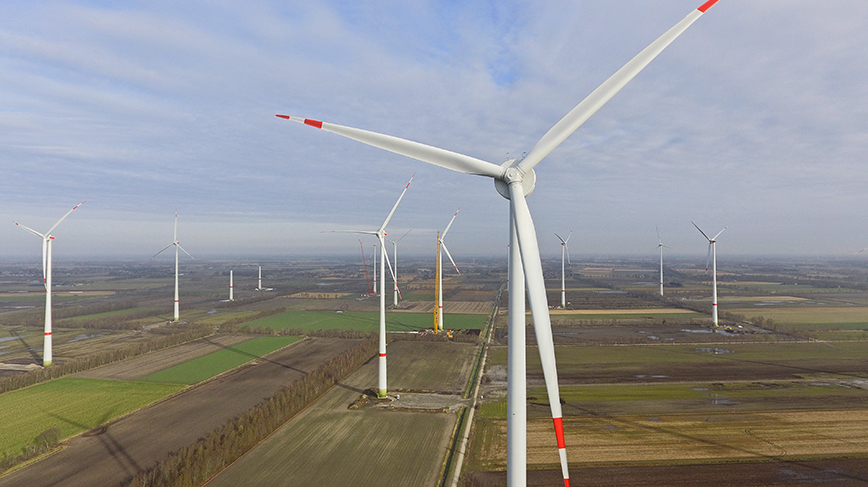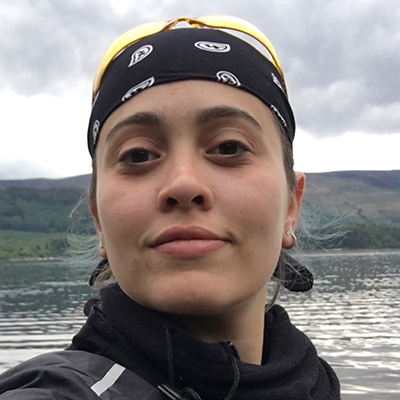‘Long, weird journey’ leads to modeling atmospheric effect on wind power

In a few months, Martina Formichetti will deliver her thesis—a numerical model that will help the German wind energy company Enercon GmbH with predicting air turbulence at turbine sites, and how much power they can expect to generate. She is working with sustainability in the fluid mechanics engineering master’s programme at KTH, the latest chapter in a journey she describes as “kind of weird.”
At wind turbine sites, it matters how air hits the blades. If the air flow is turbulent, it won’t meet the blades perpendicularly, which makes the turbine inefficient in converting kinetic energy to electrical power. But if the airflow is laminar—moving at the same speed and in the same direction with no or minimal cross-over of air streams—then the turbine should operate at peak aerodynamic efficiency.

Finding the sweet spot requires taking into account the terrain—and the prevailing conditions in the atmospheric boundary layer. That’s where Formichetti’s modeling comes in.
She is validating the numerical model, which is meant to provide better descriptions of airflow and more accurate power predictions. The model takes into account turbulence variations caused by daily temperature changes in the atmospheric boundary layer.
“In order to predict the power generation in a location, we need to know how much turbulence there will be in the atmosphere there at a given moment,” Formichetti says. “This can be affected by how terrain heats during the day and cools off at night.
“So we use different simple fluid dynamics cases, in single column of atmosphere and see if the results I get with the numerical model match up with it—how close they are to reality.”
The project is a joint project between her KTH supervisor, who had taught her class, applied computational fluid dynamics, and Enercon. Formichetti learned of the opportunity through an email the instructor sent out to the class.

“It’s a fun one,” she says. The project includes plenty of valuable face-time with her Enercon supervisor in Germany, as well as access to her own office and cutting-edge software—not to mention the free coffee that she and students from a variety of other projects get to avail themselves of during their workday.
“I would have been happy with basically anything dealing with turbulence, to be honest, because that's what I'm interested in personally,” Formichetti says. “But this is my first time dealing with something related to like renewable energy and sustainability. It feels like I'm contributing a little bit—even if it's just a little bit.”
The Italian native came to KTH after completing a bachelor’s degree at the University of Glasgow in Scotland.
“I've had kind of a weird journey so far because I started off studying languages in high school and then I went abroad, to Scotland, to study aeronautical engineering,” she says. “I didn’t like any part of that except for the fluid mechanics, which is why I came here for the master’s programme at KTH.
“And now I just want to continue. I really like it. My dream job would to become a researcher or professor. It’s a long way, but hopefully I’ll get there.”
David Callahan
